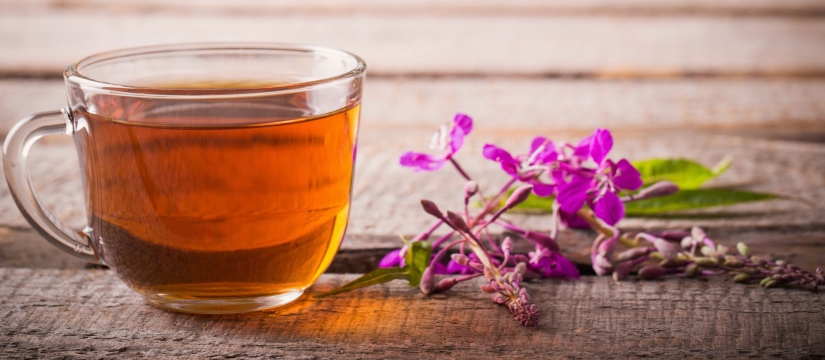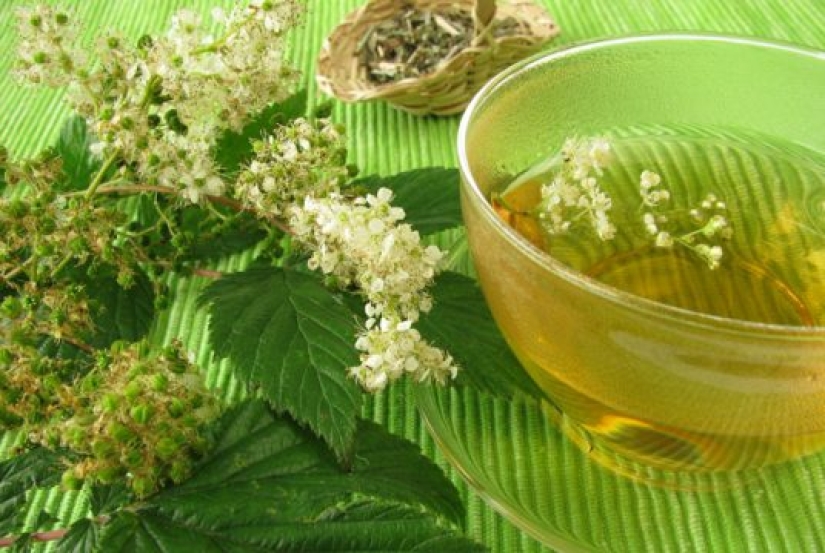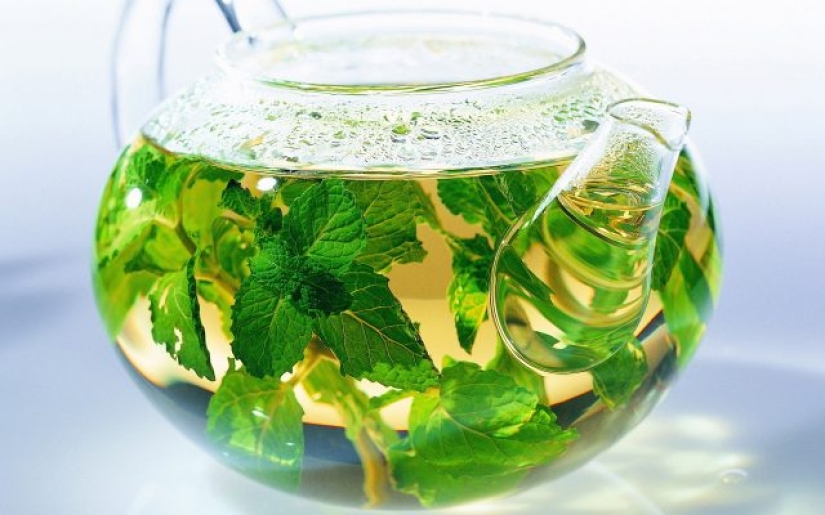5 Wild Herbs Best Made in Tea to Warm Up
Categories: Food and Drinks | Healthy lifestyle | Nature | People | Society | World
By Vika https://pictolic.com/article/5-wild-herbs-best-made-in-tea-to-warm-up.htmlAs winter tightens its grip and the frost gets tougher, it's time to make these wild ancient teas stave off coughs and colds.
5 PHOTOS

1. Ivan Chai (Chamérion angustifolium).
In the old days, Ivan Tea was drunk during illness and for pleasure. Today it is scientifically proven that Ivan Chai has antipyretic and energy properties, reduces the risk of cancer, cleanses the body of all kinds of toxins, and relieves headaches.

2. St. John's wort.
St. John's wort is a brightly colored plant with yellow leaves. It was widely used in Russia to help with recovery after a hard day's work in the fields. But its medicinal properties do not end there: St. John's wort is brewed to treat diseases of the kidneys and gastrointestinal tract, as well as to get rid of vascular spasms and colds of all kinds. For example, the Cossacks used it to treat wounds and cuts.

3. Meadowsweet or meadowsweet (philipendula).
Meadowsweet bushes are extremely beautiful and fragrant, so no self-respecting herbalist will pass by without noticing it. In addition to its sweet, almost thick taste, meadowsweet tea can relieve severe pain, treat stomach ulcers and diarrhea, as well as nausea, rheumatism, gout, and fever. In modern medicine, meadowsweet is used after a stroke to prevent blood clots.

4. Currant leaves.
Currant is the Russian name for the plant, which comes from a Slavic word meaning "to emit a strong odor". Indeed, currant leaves have a thick, strong, and pleasant aroma. If it's a hot day and there are currants nearby, you'll feel it. The healing properties of currants were known as early as the 11th century. It is known that the monks, who had few opportunities to leave the vicinity of the monastery, brought bushes from the forest and planted them inside the walls of the monastery. In Russia, the plant is still popular: its berries are used to make jam or ground with sugar, and the leaves are used for ointments, infusions, concoctions, and teas.

5. Currant leaves.
Lingonberry is rightfully considered the queen of Russian forests, and herbalists call it the “berry of health”. The Slavs even created a wonderful legend about lingonberries and their healing properties. According to legend, the swallow felt sorry for people and wanted to save them from diseases and give them immortality. She found a freshwater spring, took some water in her beak, and carried it to the people. But on the way, the good swallow was bitten by an evil wasp, and the bird, unable to bear the pain, opened its beak. Drops of water splashed over the forest, falling on lingonberries, pines, and cedars, which have remained green ever since. Cowberry is a truly evergreen shrub and its leaves are as bright as the berries. Cowberry leaf contains a huge amount of vitamin C and B vitamins, as well as iron, phosphorus, and calcium. They have an antiviral effect and strengthen the immune system. Today you can buy lingonberry leaves at any pharmacy.
Keywords: Wild herbs | Tea | Winter | Coughs | Colds | Health | Drinks | Nature | Herbal flora
Post News ArticleRecent articles

A couple of years ago, Saudi Arabia officially banned celebrating the New Year. But this state is far from the only one where our ...

What do you associate the New year? Tangerines, chime, silver rain on the tree, gifts from Santa Claus and snow Maiden, and of ...
Related articles

Drifts of snow, frost and sun, winter fun — c Soviet time, little has changed for this time of year. Feel the true atmosphere ...

It is no secret that all things in nature are subject to cyclic changes that are associated with the seasons. The human body is no ...

While the children play in the snow, and adults are happy new year's gifts, cat quietly curse the winter. After all, it is this ...

This is for us, people, the New Year is one of the most important holidays of the year. But for animals, it's all a fuss, running ...